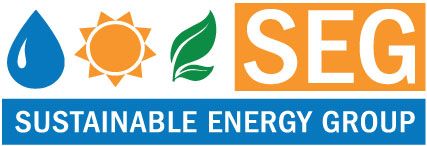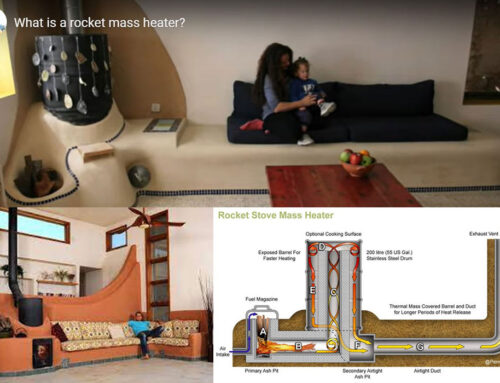The Nader Family: Leading the Way in Sustainability
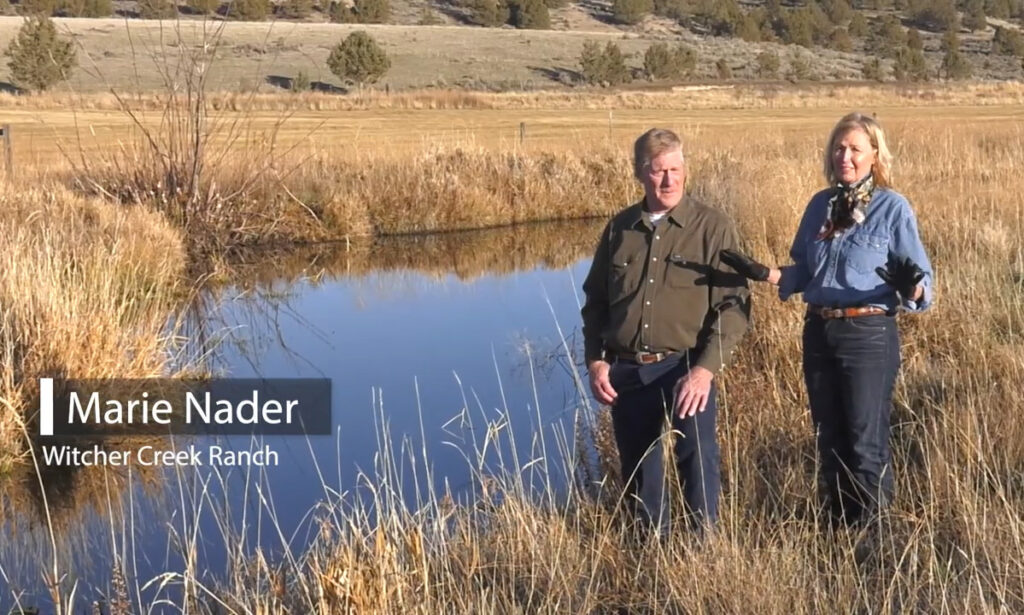


Picture from the Sand County Foundation
We would like to introduce you to the Nader family, a customer of SEG who recently installed solar and battery backup systems at their ranch in Penn Valley, CA . We believe they are a shining example of sustainability and environmental consciousness and we want to share piece by piece a project they have been growing and developing at another property they own. The Nader Family is doing some amazing work in promoting water conservation, soil health, biodiversity, and so much more on their 2,880-acre cattle ranch in Modoc County, CA and we want to share some of their accomplishments and use it as opportunity to teach through example.
Do you have a ranch or land and are looking for the next steps upward? Are you looking for how you might leave a lasting legacy for generations to come. Read how Marie and Glenn Nader, along with their son Alan, have made a significant impact on the environment through their working cattle ranch called Witcher Creek Ranch which recently won the Leopold Conservation Award presented by the Sand County Foundation, which you can read more about more here.
When they first purchased the ranch in 1999, the Nader’s saw an opportunity to work with nature by fusing wildlife habitat with regenerative style of grazing pastures. They sought advice from various organizations to determine the most effective methods for conserving and enhancing the natural resources on their land.
Shortly thereafter, their efforts were recognized and rewarded with assistance from the USDA Natural Resources Conservation Service’s Conservation Stewardship Program (CSP) and Environmental Quality Incentive Program (EQIP). They were also assisted by the US Fish and Wildlife Service’s Partners for Wildlife Program and California Dept. of Fish and Wildlife Cantera fund. The Nader family was able to introduce strategic rotational grazing techniques for their cattle, conserve water, protect wetlands, and implement sustainable fencing methods with the guidance and support of their local Conservation District and other organizations.
Here is what they have accomplished:
Rotational Grazing:
- They introduced rotational grazing as a tool to improve the ecosystem on the ranch.
- Rotational grazing involves dividing pastures into small sections for high-intensity but short-duration grazing, timed to optimize weed control, wildlife management and forage production.
- The benefits of rotational grazing include improved soil health and reduced erosion, as well as better wildlife habitat and forage for cattle.
Benefits of Rotational Grazing: 1. Reduces soil erosion, 2. Increases soil fertility, 3. Enhances wildlife habitat
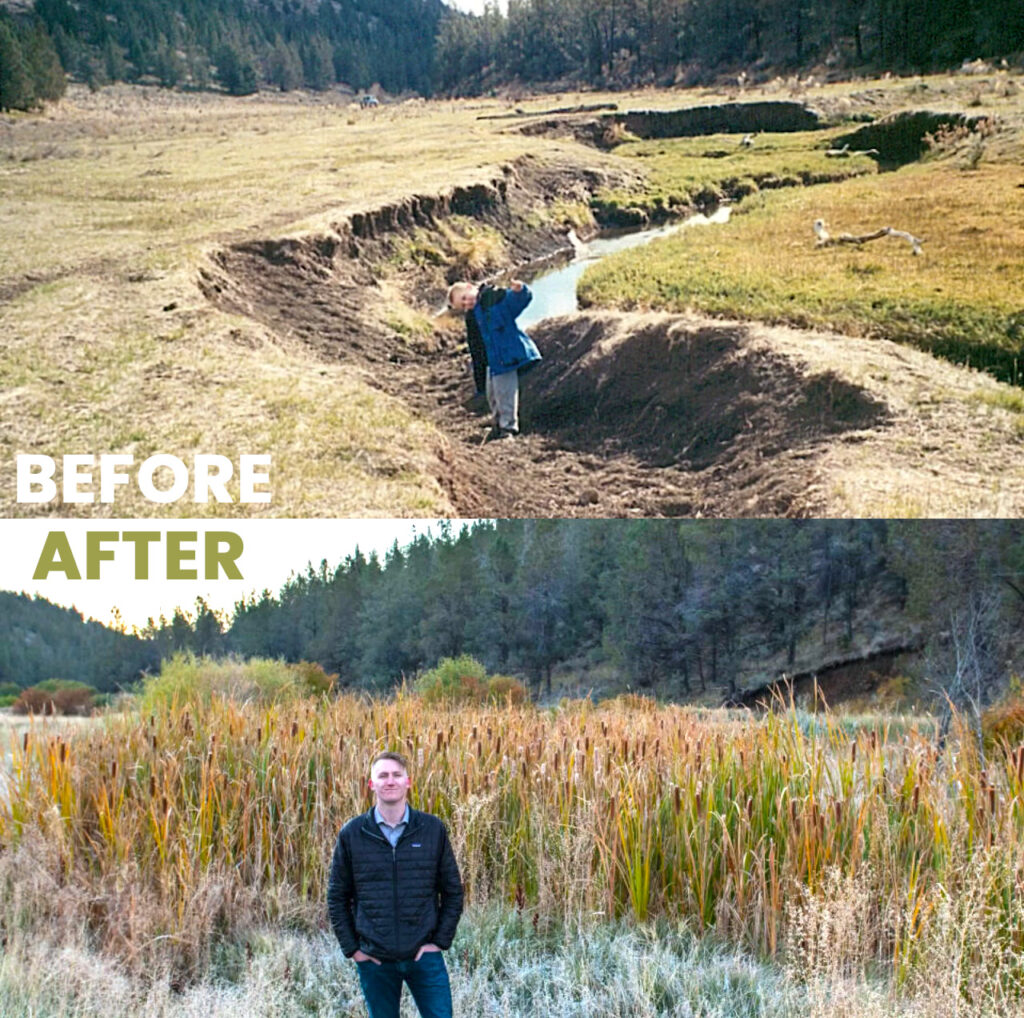


Picture from the Sand County Foundation
Water Conservation:
- The Nader’s received assistance from the NRCS Conservation Stewardship Program (CSP) to create cattle watering sites away from creeks, reducing erosion and protecting water quality.
- They replaced seven miles of irrigation ditches with an efficient system of underground pipelines, allowing them to better manage water during droughts and use one pipeline’s gravity pressure to now run the irrigation sprinkler systems. This was a major action that eliminated electrical energy for pumping water.
- Their ranch is critically important to migratory birds who depend on the wet meadows for stopover habitat. The Nader’s make sure to not graze the wetlands during the waterfowl nesting season and leave behind enough dry grass to provide nesting material and cover.
Benefits of Conserving Wetlands: 1. Protects migratory birds, 2. Maintains wetland’s ecological balance
Ecological Fencing:
- They installed three miles of single wire electrified fencing around riparian areas to keep cattle out of the creek and allow deer and antelope to migrate.
- They also created cattle watering sites away from creeks, reducing erosion and protecting water quality.
Benefits of Ecological Fencing: 1. Allows deer and antelope to migrate, 2. Keeps cattle out of the creek, 3. Protects water quality, 4. Reduces erosion
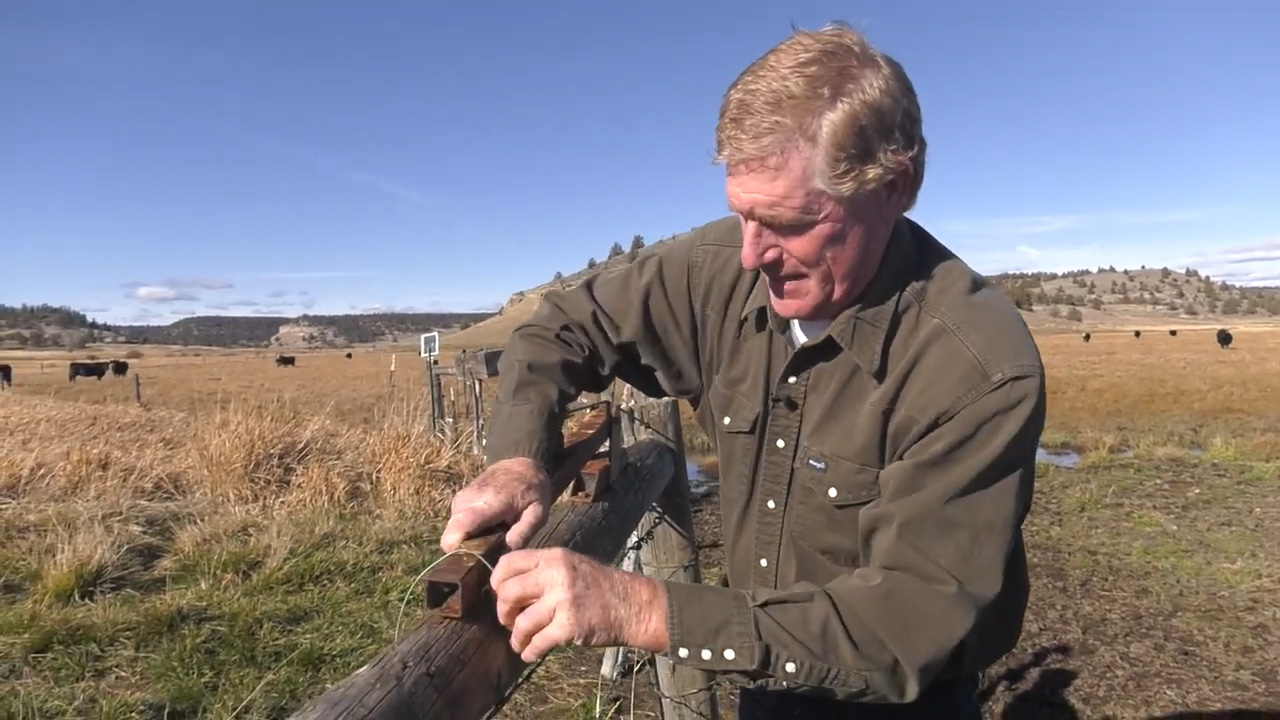


Picture from the Sand County Foundation
Organic Hay Production:
- In 2014, the ranch transitioned to organic hay production and have since seen an increase in yield and revenue, as well as a decrease in labor costs.
- With organic production, they decrease pollution on the land and in the water by not using pesticides, herbicides and chemical fertilizer.
Working with Nature:
- Beaver Recruitment: Unlike many landowners who try to get rid of beavers, the Nader’s have recruited them. Beaver dams are restoring the hydrological function of their creek while raising the water table of a nearby meadow.
- Thermal Logging: They have also opened their stream to wildlife researchers interested in the viability of reintroducing a threatened species of trout. Thermal data loggers have collected hourly stream temperature data over a three-year period, showing that their conservation practices have reduced the stream’s temperatures.
- Through multiple types of monitoring programs and data collection, they have seen conclusive evidence that their conservation practices are making a positive impact on the environment and the region.
Recently we were able to talk to Glenn about the project. Their ideal is to make the land more sustainable. It is very rewarding to them to see the dramatic changes on the land that has resulted from over 20 years of their efforts.
Not only do they believe in land and ecological conservation they also believe in the importance of sustainable energy. Just as they conserved energy use at their Modoc ranch, the Nader’s were also interested using solar at their Penn Valley property. They talked to many solar providers and after much review, the Nader’s determined that SEG provided superior products, knowledge and pricing. Their solar/battery project was designed to be an alternative to carbon based generator use during power outages and allow them to also significantly reduce importing outside energy for the house and barns.
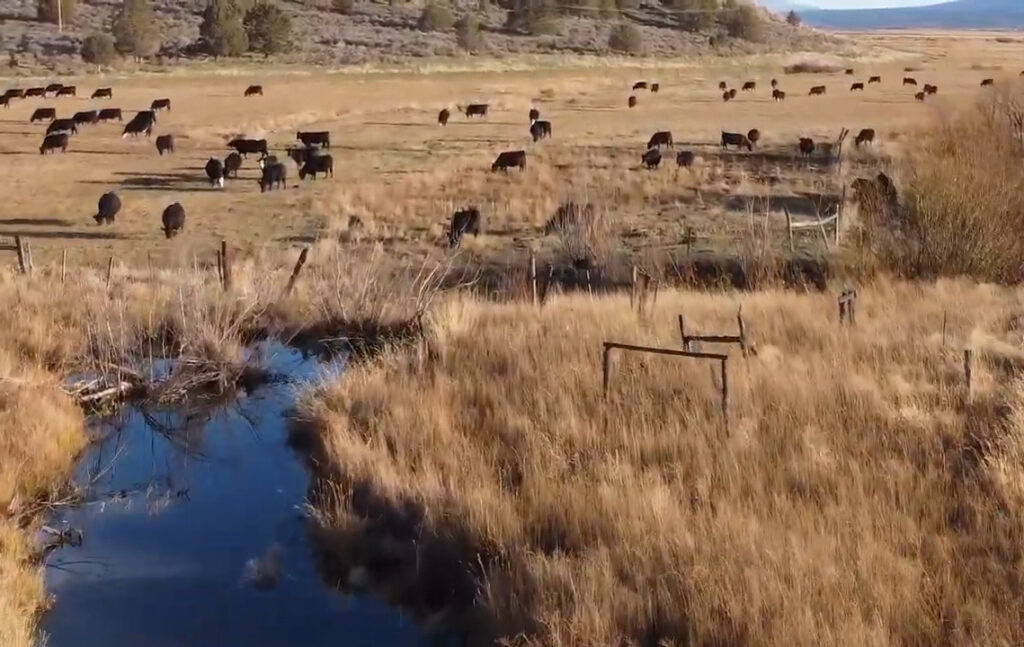


Picture from the Sand County Foundation
Inspiring Transformation:
The Nader family is a true inspiration for sustainability and conservation efforts. Their commitment to working with nature, monitoring progress, and implementing innovative solutions are just a few examples of the steps they have taken to leave a sustainable legacy. We hope that more people will follow in their footsteps and make a positive impact on the environment for future generations.
Sustainable Energy Group is proud and appreciates solar customers like Marie and Glenn Nader for being a great example of sustainability in the community. We thank them for their commitment to the environment and for being a leader in conservation practices locally and regionally in California. Thank you!
